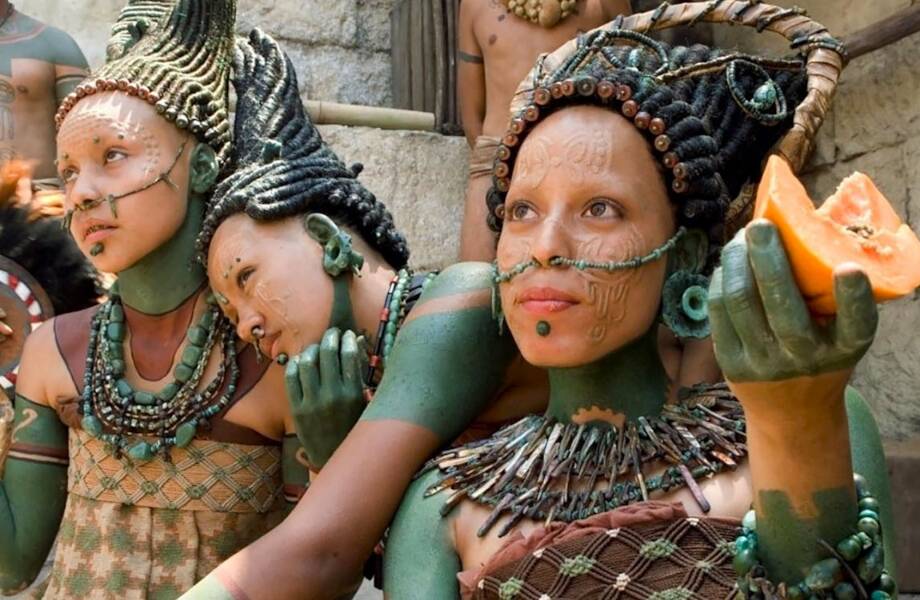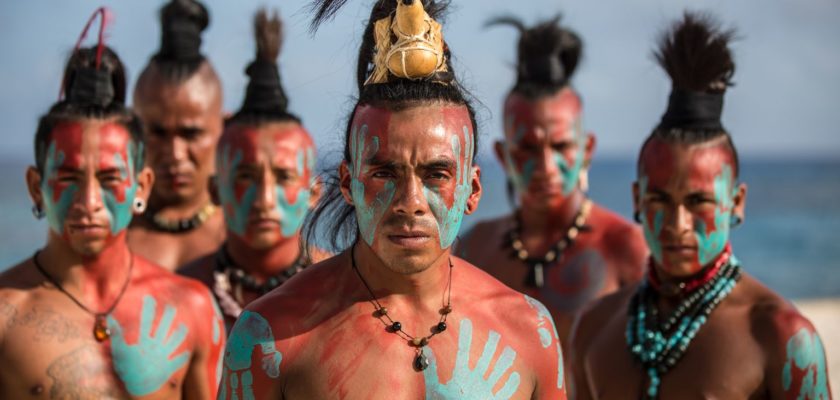Language
Language of Mayan civilization is a linguistic family Mayan. It was spoken at least 3,000 years in the areas where these people built their culture. From ancient Maya language to date has developed several related languages used by their descendants Yucatec Maya, Mopan, Lacandon, Itzá, Cruzob and Icaiche. Today’s Mayas speaks modern Maya languages that are directly evolved from the ancient proto-Mayan language.
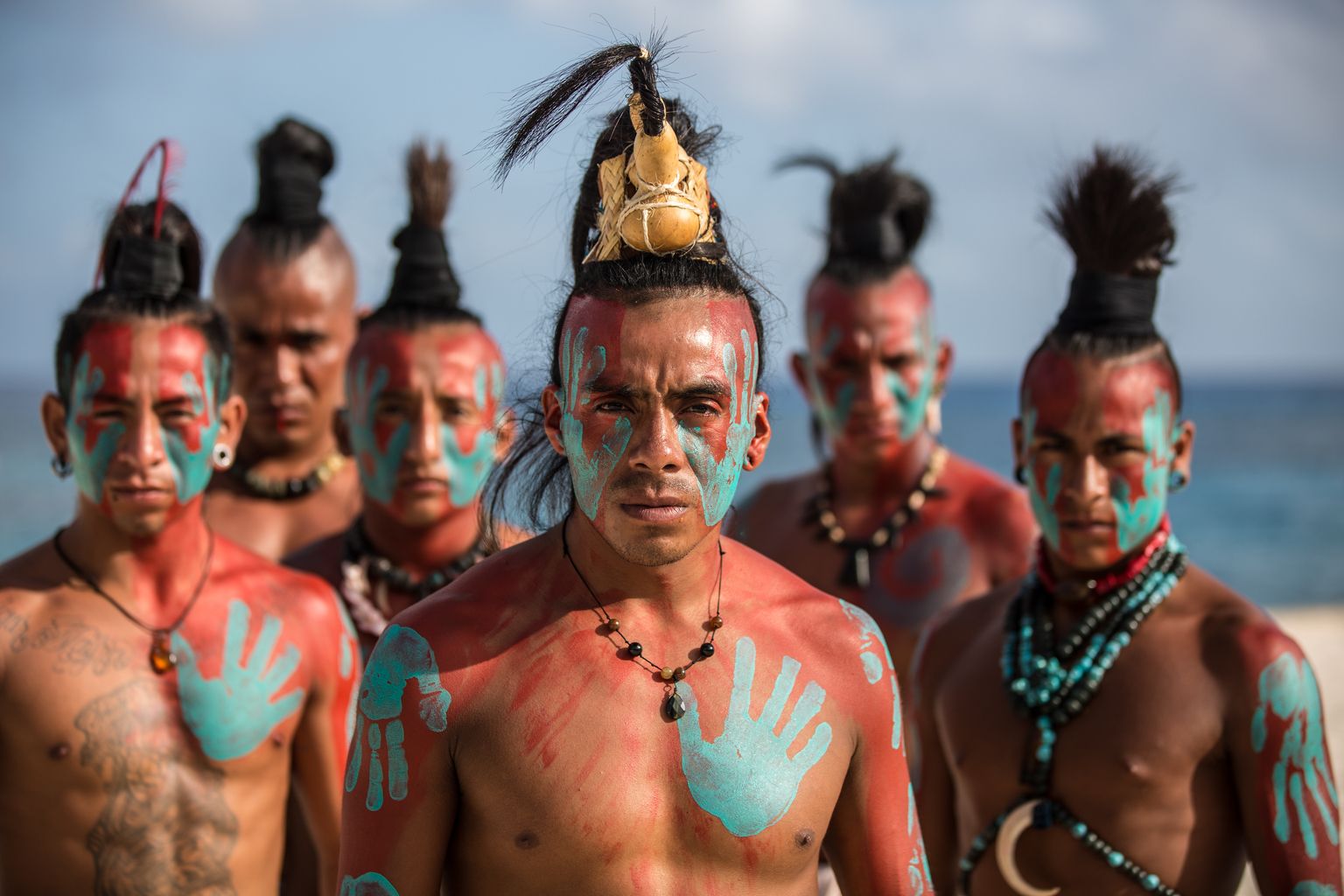
Human sacrifice
As for the many civilizations of the time, and for the Maya is one of the most important ceremony was an act of human sacrifice. Although the Maya did not so often practiced as the Aztecs, various acts of bloodletting have become common, and (finally) is essential for the life in Mayan civilization. Mayan kings ruled by a semi-divine right, and that they believed that their relationship with the gods can take place only through the ritual of sacrifice.
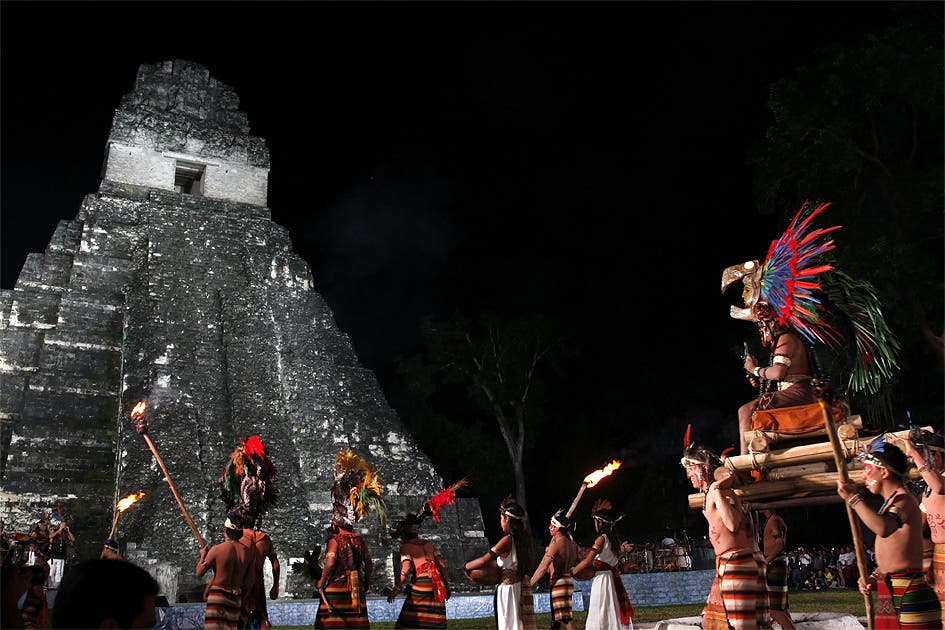
Mayan roads are still in use
Their cities were connected by a network of roads some of which are still in use. Some of the most important cities were Comalcalco, Palenque, Copan, Altun Ha, Calakmul, Uaxactún and Quiriguá and Tikal. In Mayan empire during classic period (c. 250–900 AD) lived about 2,000,000 people. The largest and most luxurious city of Tikal had between 75.000 to 100.000 inhabitants.
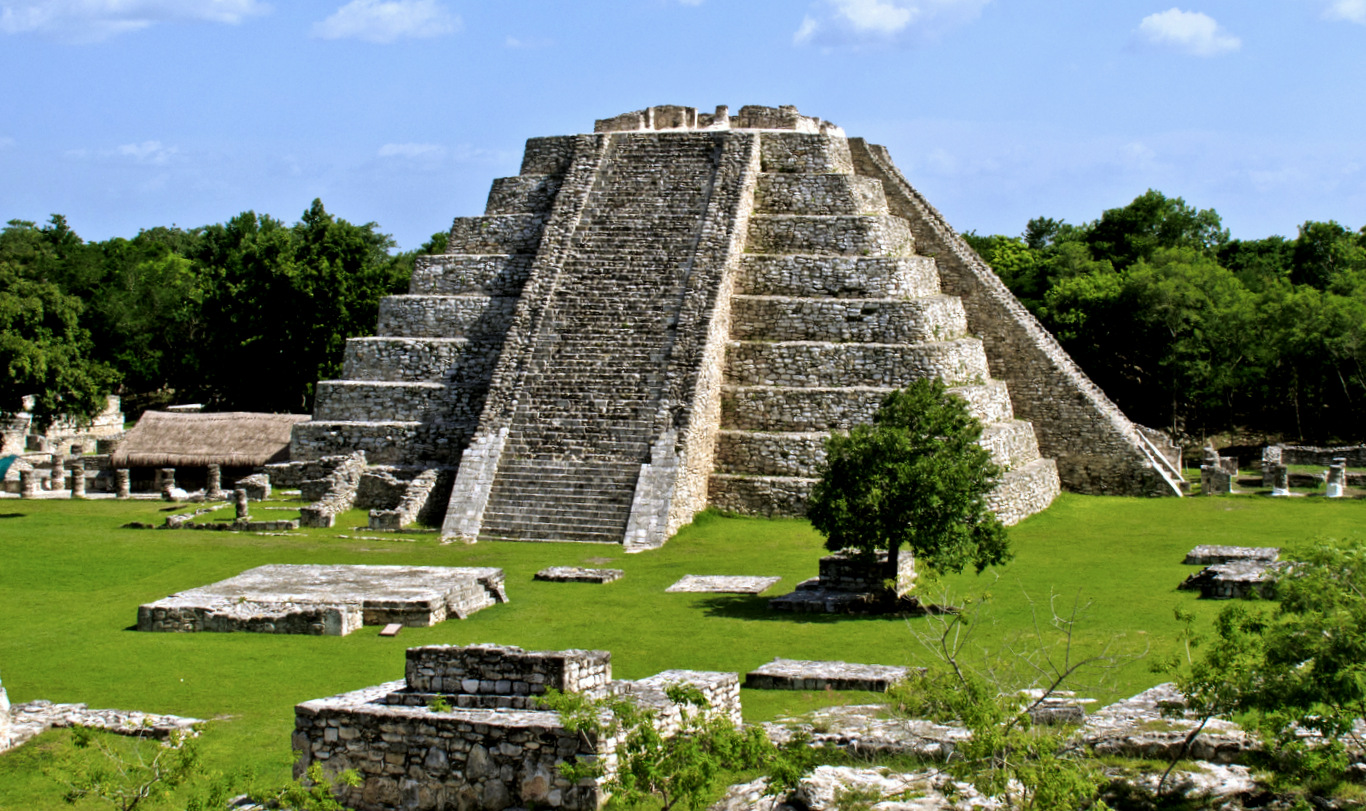
Spaniards in the Yucatan
With the arrival of the Spaniards in the Yucatan (1520) ends the free life of this nation who are already living the jungles. In 1524 the Spaniards, led by Pedro de Alvarado smoothly conquered the southern part of the peninsula. In 1528 the northern part occupied by Francisco de Montejo. The conquest of Yucatan was completed in 1546, but Mayan civilization still resisted the Spaniards.
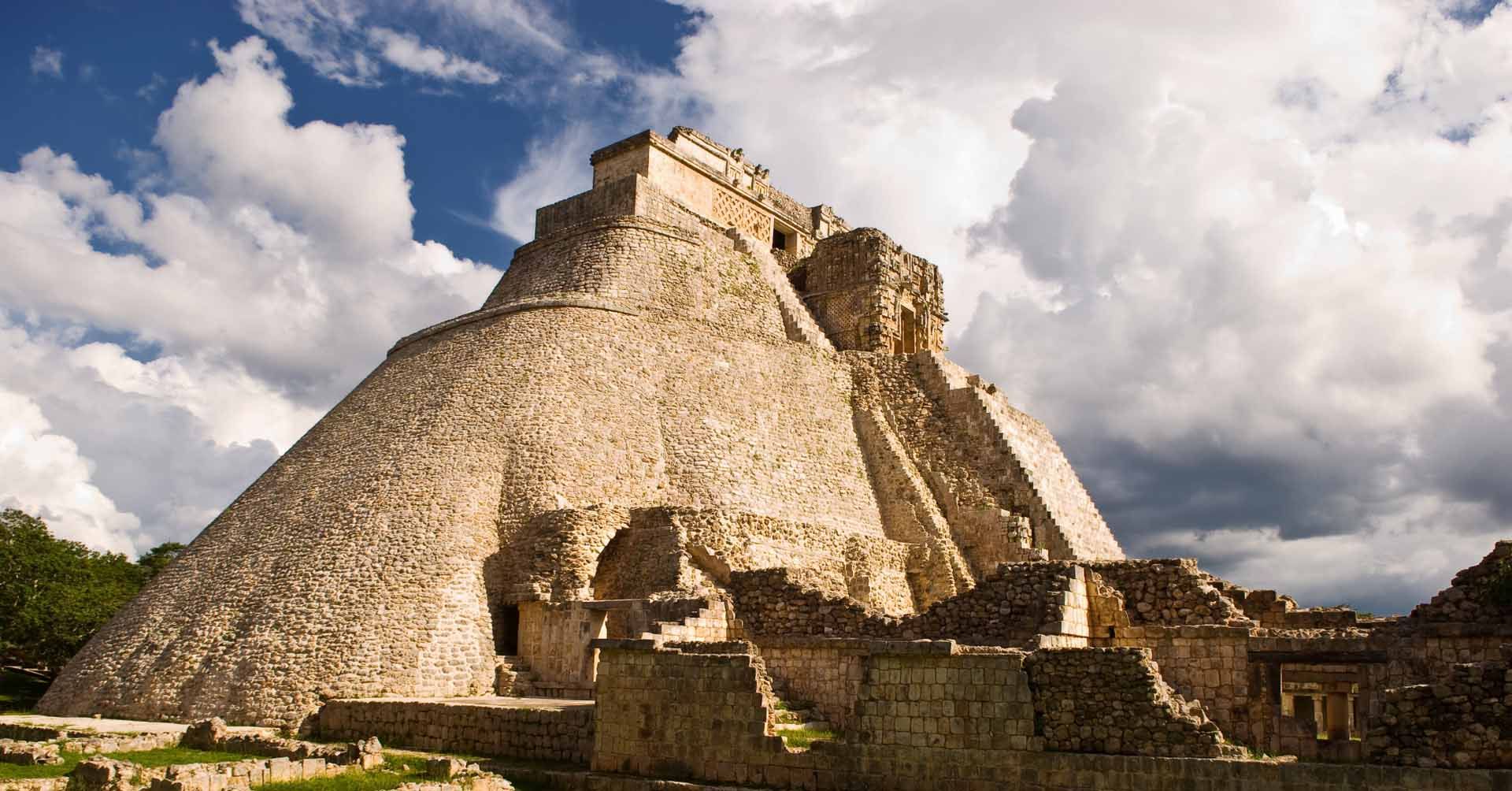
Beauty crossed eyes
Interestingly, the ancient Mayan civilization considered a sign of beauty crossed eyes. The status is also expressed with the piercing on the ears, nose, and various ornaments on the body. Often members of the senior status their teeth adorned with jade and other sacred stones.
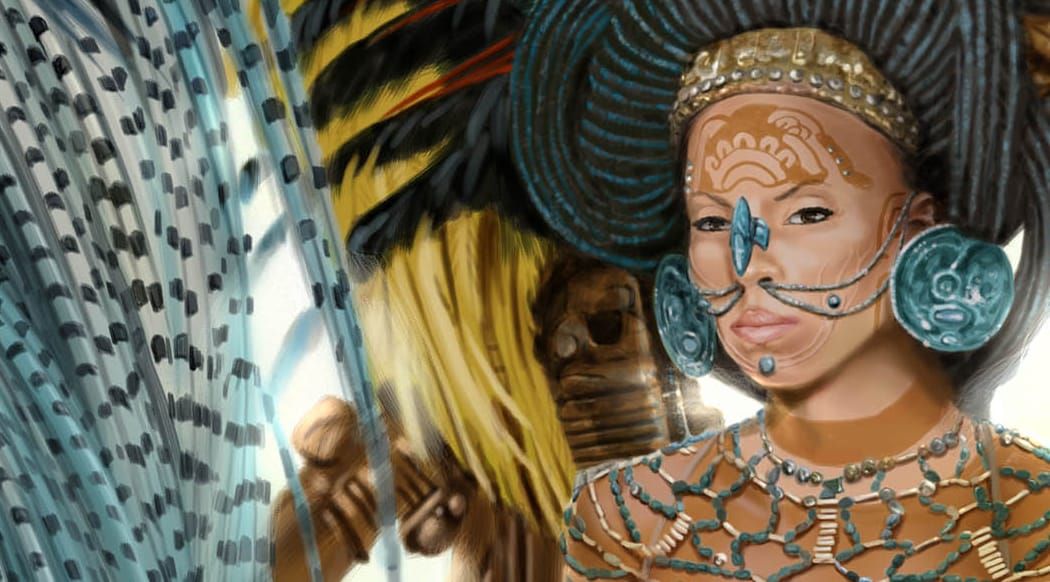
Skull
It should be noted that with Maya was common deformity of the skull. High and flat forehead was considered a sign of beauty. Flat forehead they have achieved with the tying boards at the head of infants (until skull bones have not yet been fully merged), which were left tied for days.
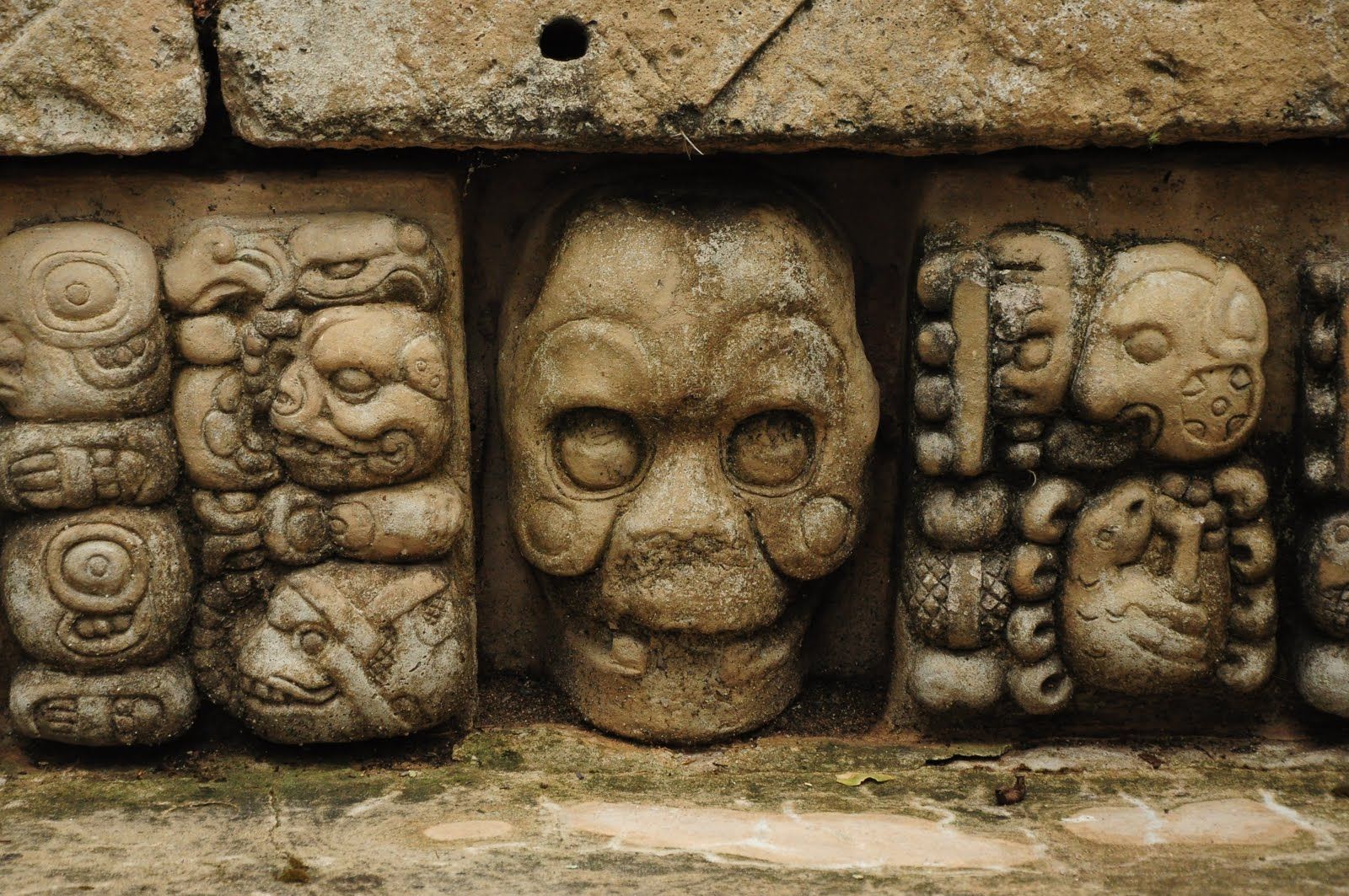
Deities
Maya had a large number of deities, and at least 166 had its own name. Each of them owned a few aspects. Some were both male and female, some were in turn able to be both young and old at the same time, and each deity who represented some of the celestial bodies had their different face for the Underworld, which appeared when the deity “die” every evening.
